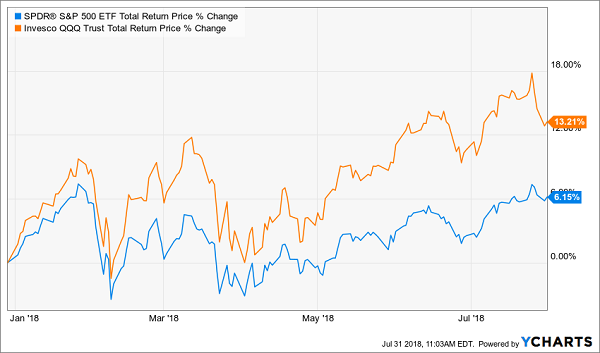If you’re looking for tax-free yields, municipal (“muni”) bonds can provide you with 5%+ distributions that Uncle Sam won’t touch. With rates rising, it is a bit tricky to make savvy buying decisions at the moment. But income investors buying smartly today are banking 5%+ yields – and paying as little as 88 cents on the dollar!
For quick profits, it’s best to buy munis after mini-panics. They seem to happen every year or two, presenting us levelheaded contrarians with safe yields for cheap. (Most recently, readers who followed my advice and bought munis after an irrational “tax plan panic” enjoyed total returns up to 16.7% in just 12 months!)
Muni Selloffs Usually Precede Quick Profits
Today: Big Discounts Plus Demand Outpaces Supply
For longer-term income investors looking for steady monthly paychecks, the best time to buy munis is usually anytime – especially for those in a high tax bracket.…
Read more



Recent Comments